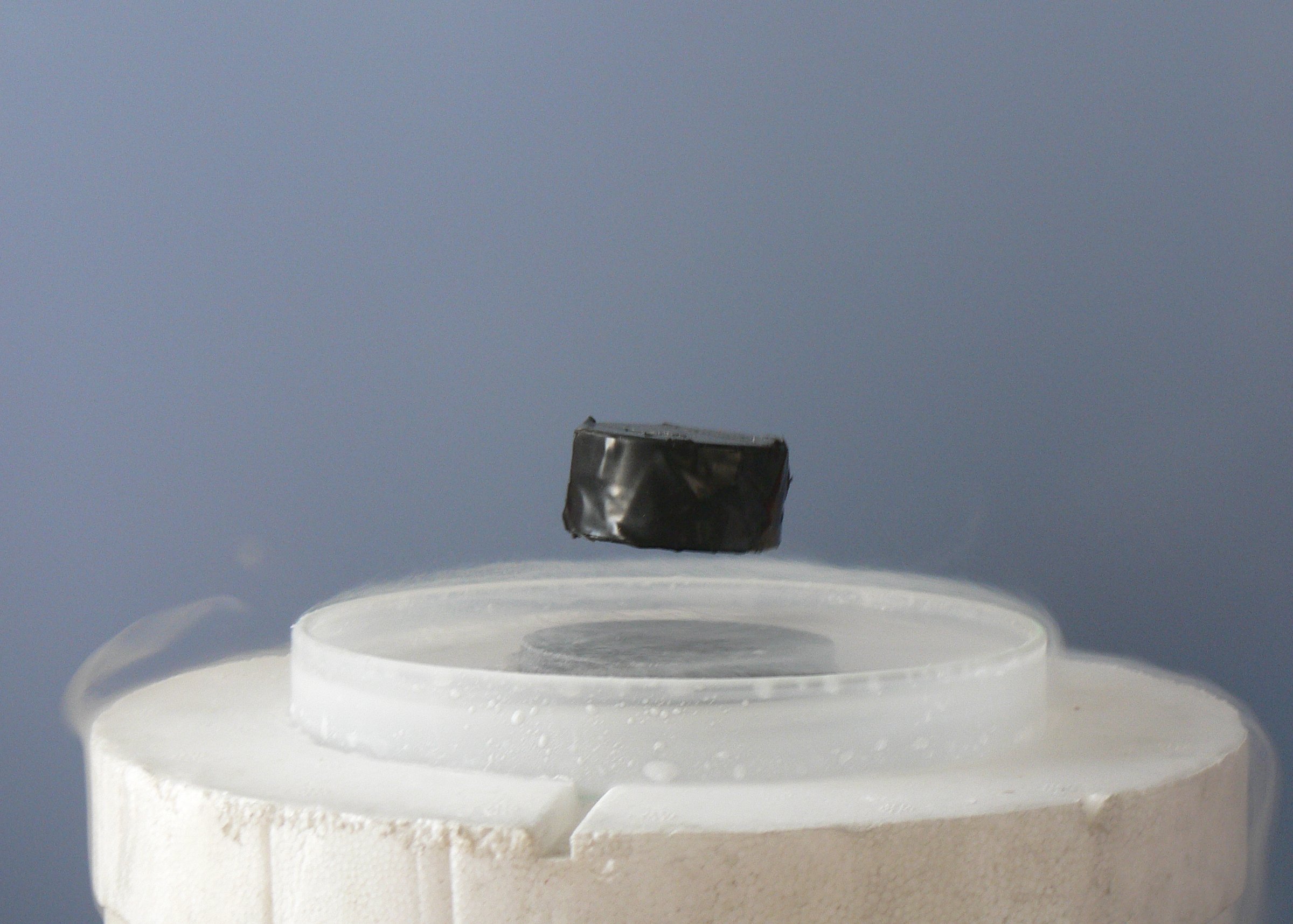
Photo from academic.microsoft.com
We study the Josephson effect in a trijunction formed by two topological superconductor (TS) wires and a conventional $s$-wave superconductor. Using a boundary Green's function formalism, analytical results for the… Click to show full abstract
We study the Josephson effect in a trijunction formed by two topological superconductor (TS) wires and a conventional $s$-wave superconductor. Using a boundary Green's function formalism, analytical results for the current-phase relation are obtained in various limiting cases by modeling the TS wires via the low-energy limit of a Kitaev chain. We show that Josephson transport critically depends on the spin canting angle $\theta$ between the boundary spin polarizations of the TS wires, which in turn suggests that the spin structure of Majorana states can be accessed through supercurrent measurements. We also extend the boundary Green's function approach to a more microscopic spinful wire model and thereby compute the dependence of $\theta$ on experimentally accessible parameters such as the Zeeman field and/or the chemical potential. Furthermore, we show that the equilibrium current-phase relation between both TS wires exhibits a robust $4\pi$-periodicity since the conventional superconducting lead effectively locks the fermion parity of the trijunction.
Journal Title: Physical Review B
Year Published: 2017
Link to full text (if available)
Share on Social Media: Sign Up to like & get
recommendations!